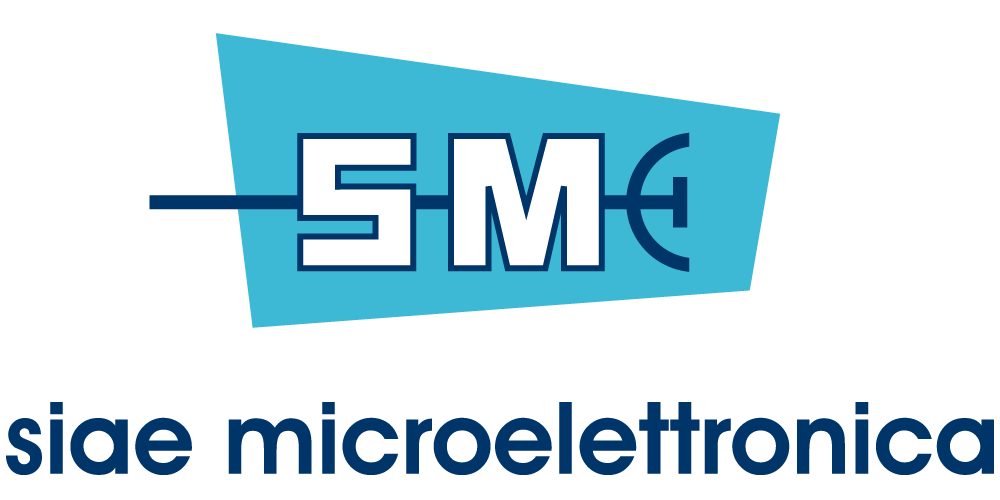With the packet transformation, the microwave network-elements are active nodes in the end-to-end solution, handling QoS, aggregation capabilities, queuing and buffering directly interacting with real time traffic.
As network intelligence is becoming distributed throughout the network elements in the whole network, a higher awareness of each network elements and of the behaviour of the network may prove fundamental to improve the network performances.
SIAE MICROELETTRONICA believes in improving the packet network performances. A better integration between packet microwave and the surrounding IP network offers big advantages in terms of:
- Better usage of existing network and existing bandwidth
- Better end to end networking for a homogeneous network behaviour
- Better monetization and network usage by diminishing cost per bit

WHAT: SIAE MICROELETTRONICA AND CISCO JOINT SOLUTION
SIAE MICROELETTRONICA and CISCO developed the Microwave Adaptive Bandwidth (MAB) feature to provide reliable QoS management, optimizing performances for both ring and non-ring based topologies, even under worst-case radio propagation conditions, and better awareness of the variable air bandwidth.

Routers connected to microwave radios are not aware of link capacity changes, as it would happen with a microwave radio link with adaptive modulation. To a router either there is connectivity and consequently a defined capacity, or there isn’t. The IP joint solution allows SIAE MICROELETTRONICA microwave radio to interact with the CISCO ASR router family by notifying changes in the available bandwidth and consequently triggering protection mechanisms or traffic shaping to ensure service SLAs are respected. This also ensures best air bandwidth utilization.
One of the applications is the use of adaptive modulation in ring topologies. Today inapplicable due to the lack of communication between the microwave transport equipment and the networking routing equipment.
CUSTOMER BENEFITS:
- Ensure end to end interoperability between IP wired and wireless solution
- Maximizes the bandwidth utilization e.g. use of ACM in ring topology
- Improve end to end packet transport solution
HOW: RING & CHAIN TOPOLOGY
SIAE MICROELETTRONICA and CISCO developed the Microwave Adaptive Bandwidth (MAB) feature to provide reliable QoS management, optimizing performances for both ring and non-ring based topologies, even under worst-case radio propagation conditions, and better awareness of the variable air bandwidth.

In microwave rings topology adaptive modulation is not employed as when the capacity changes on one leg of the ring the protocol running on the ring is unable to compensate, protect or even realize that something has changed.
Employing the MAB functionality, the microwave radio notifies the adjacent router that available bandwidth has changed, allowing the router to trigger protection mechanism or react by changing the traffic shape.

The same happens in chain or tree topology. Signalling is used to trigger traffic shaping improving network utilization.
SIAE MICROELETTRONICA related microwave radio equipment:
SUPPORTING MATERIAL:
- Unified RAN Transport Solution: Cisco-SIAE MICROELETTRONICA Interoperability
- Microwave transport and IP networking coming together in a multivendor environment
USEFUL EXTERNAL LINKS:
